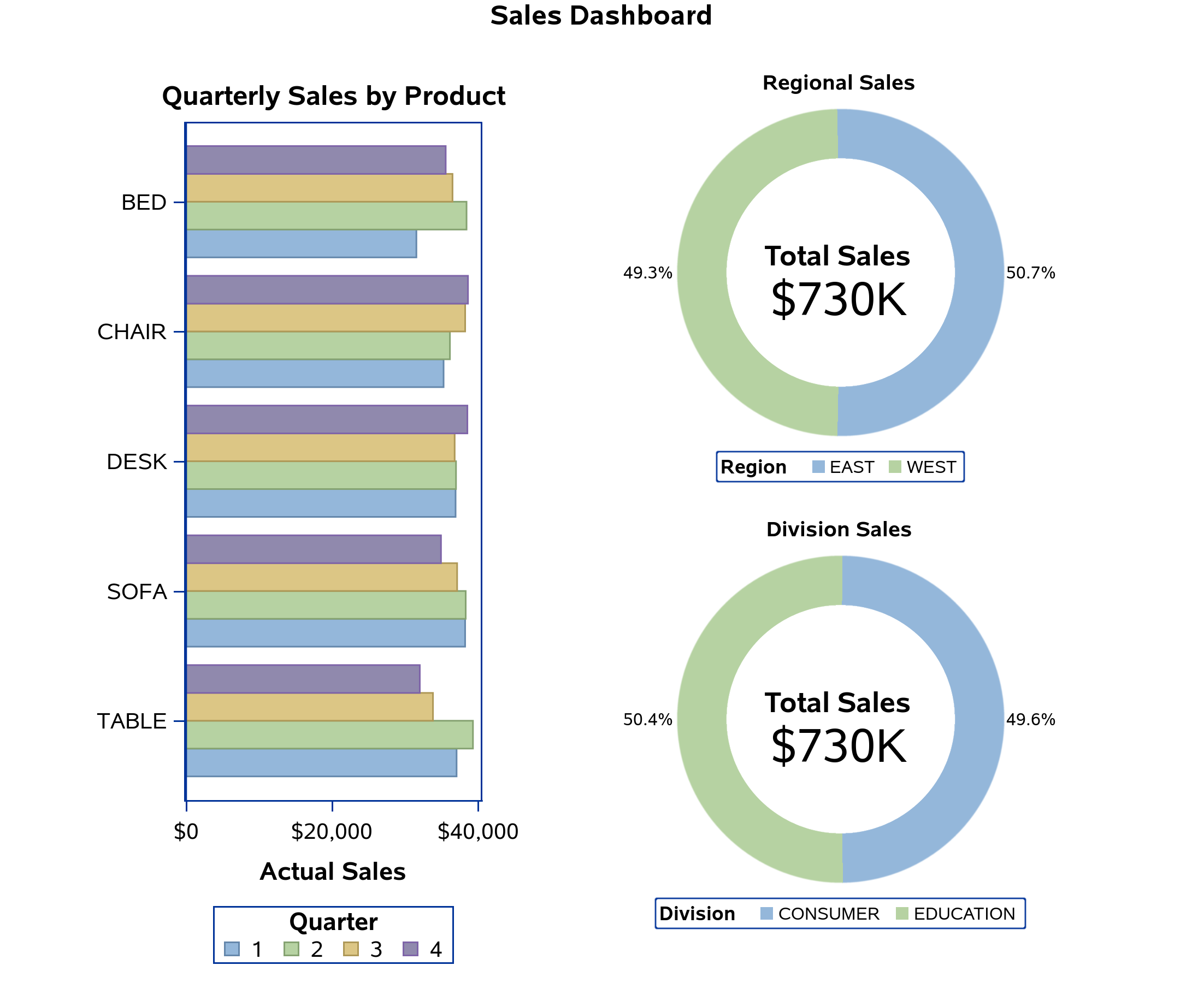Strengthen your programming skills with tips and techniques from the experts

SAS SQL handles missing values differently than the ANSI standard for SQL. PROC SQL follows the SAS convention for handling missing values: numerical missing values are always interpreted as less or smaller than all nonmissing values. My first blog showed that missing values can be troublemakers in non-grouped descriptive statistics.


































